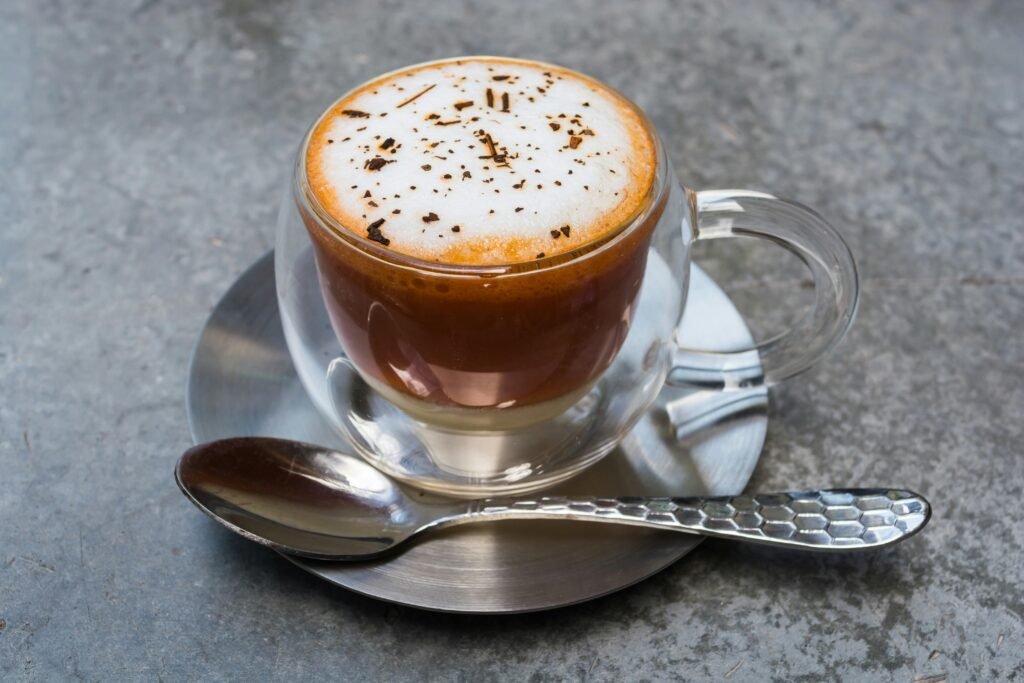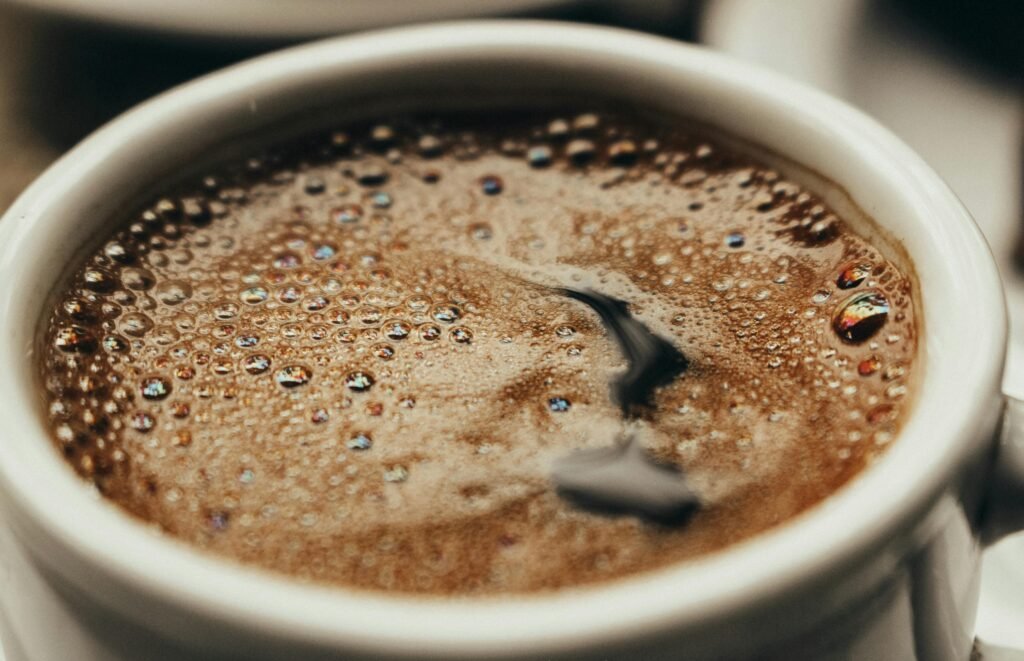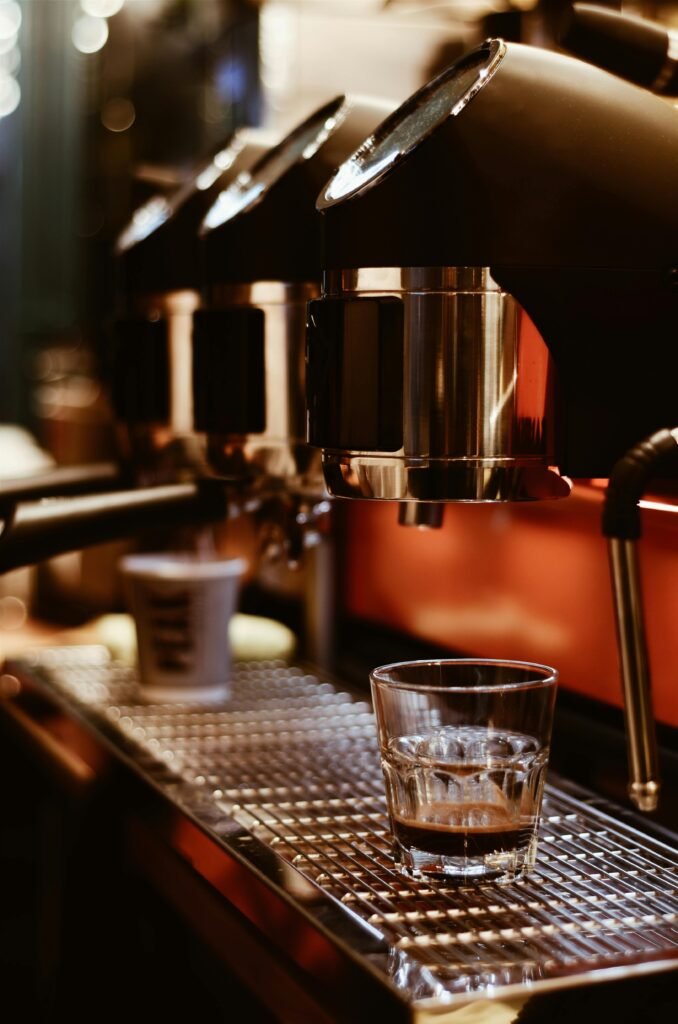Coffee and espresso are not distinct substances. One variety of coffee is espresso. To be more precise, it’s a technique for making short, concentrated shots of coffee using finely ground beans and high water pressure (the phrase Coffee beans and espresso beans are the same thing. Specialty roasters use terms like “drip blend” or “espresso blend” because they think that the brew process will bring out the best flavor profile. Coffee is a question of personal preference and taste, so make it as you like.
also applies to the shot itself). Although espresso was invented in Italy, where darkly roasted coffee beans have historically been more popular, any type of coffee bean, from any origin, and at any roast level can be used to produce espresso.
Depending on how early in the morning it is and how much of my Americano I’ve put back, I usually yell back that the difference is the amount of water and the size of grind . Now that I have a little more time, let’s start with the fundamentals and progress from cowboy coffee to contemporary espresso.

What Is Espresso?
Coffee beans are finely ground and then heated, pressured water is used to prepare espresso. Compared to ordinary drip-brewed coffee, it has a higher caffeine level and a thicker consistency, making it the ideal pick-me-up for people who want an extra energy boost.
Definition of Espresso : A”polyphasic beverage prepared from roast and ground coffee and water alone,” EC is defined as “an aqueous solution of sugars, acids, protein-like material, and caffeine, with dispersed gas bubbles and solids, constituted by a foam layer of small bubbles with a particular tiger-tail pattern on top of an emulsion of microscopic oil droplets.”
History of Espresso : Have you ever entered a coffee shop and wondered how the espresso you are sipping on got its start? Yes, I do. I’ve always been intrigued in looking back in time to see what human ingenuity has been capable of. To take a bean from a cherry, grind it to perfection, and then run hot water over it to make the best espresso shot possible with the ideal amount of pressure, it takes a lot of technology, science, and plain old curiosity. The progress science and technology have made from their beginnings to the present day is astonishing. So let’s examine our starting point and current position in more detail. I want to dispel any confusion that may exist regarding espresso first. Coffee isn’t an espresso blend, bean, or
Popularity and Use : Naturally, brewed coffee is available across the country. But Americans drink espresso for two main reasons.
To be honest, some people find it more European. They think it says something about them and perceive it as intelligent, sophisticated, and continental. Instead of coffee, they sip espresso.
For most people who drink espresso, that is the last thing on their minds. In addition to the caffeine kick, some drink it for its potent flavor and scent. Additionally, it’s the ideal foundation for the coffee drinks that Starbucks made popular in America and are now enjoyed globally.
Furthermore, if you believe that only hipsters sip espresso or that shelling out a lot of cash for a meager cup of coffee is

Espresso vs. Coffee: Here’s the Difference
To give you a fast illustration, your drip coffeemaker wouldn’t produce espresso even if you brewed espresso-roasted beans. Because it wasn’t brewed under pressure, the coffee would taste quite strong due to the extra dark roast, but it would still taste like regular coffee.
Many ask, “Hey Jeff, what’s the difference between coffee and espresso?” over the noise of the roaster I’m working on in a typical day. Depending on how early in the morning it is and how much of my Americano I’ve put back, I usually yell back that the difference is the amount of water and the size of grind that is used to extract the drink. Since I have some free time, let’s
Brewing Methods : Espresso cannot be made using ordinary coffee. Finely ground espresso-roasted beans must be brewed on a traditional espresso machine in order to produce authentic espresso. Having said that, making your coffee in a Moka pot is the closest thing you can come to espresso-style coffee. This cooktop pot’s steam pressure forces water through the beans and into an upper chamber. The resulting coffee, a la espresso, is frequently stronger and thicker than a typical drip coffee.
It’s an art to make the ideal cup of tea, and today we’re exploring the variety of options. We’ll examine twelve coffee brewing techniques, ranging from the tried-and-true to the “Wait, you can brew,” from the traditional cold brew to the cutting-edge AeroPress
Flavor Profiles : With more than a century of history in the coffee industry, espresso is a strong, concentrated beverage. It originated in Italy in the 19th century, and millions of people enjoy it in many versions today.
Creating superior espresso is another essential component of the barista’s job. In coffee contests such as the World Barista Championship, it is one of the primary criteria used to evaluate a barista’s proficiency.
No, we don’t. When we cup a coffee, we can typically discern if it would work well as espresso or not. Since we base all of our reviews on two or three different roast degrees, the darker roast tells us a lot about potential espresso performance.
Serving Sizes : A standard espresso serving size is one ounce, but an average cup of coffee is eight ounces in size. Espresso is frequently added to coffee in shots. Espresso is commonly used as the base for drinks like lattes, cappuccinos, Americanos, and mocha caffes. It is also customary to add up to three or four shots of espresso to a cup of coffee. Espresso can, of course, also be consumed on its own without being combined with milk or coffee.
Starbucks is a well-known business that sells espresso in two sizes and drip coffee in five. Short (8 oz.), Tall (12 oz.), Grande (16 oz.), Venti (20 oz.), and Trenta (31 oz.) are the available sizes for drip coffee. Espresso comes in Doppio and Solo (1 oz.) varieties.
Caffeine in Espresso vs. Coffee
A standard 8-ounce serving of coffee has 80-185 mg of caffeine, depending on the brew. A 2-oz portion of espresso has between 60 and 100 mg of caffeine. Espresso has 30–50 mg of caffeine per ounce as opposed to 8–15 mg of caffeine in coffee. A single serving of coffee often contains more caffeine than a single serving of espresso because espresso is typically consumed in serving sizes of 2 ounces or less.
Espresso is typically made from a combination of several beans, which gives it a strong body, gentle acidity, and sweet counterpoint to any bitter notes. Because many of the natural oils in coffee beans are removed by the paper filter, drip coffee often lacks the entire variety of flavors and oils found in the beans. Additionally, the prolonged brewing time may cause phytic and tanic acids to develop, which can mask beneficial qualities.

Effects of Caffeine : By brewing four coffee samples (dark roast/medium grind, dark roast/coarse grind, medium roast/medium grind, and medium roast/coarse grind) using cold and hot techniques, the extraction kinetics and equilibrium concentrations of caffeine and 3-chlorogenic acid (3-CGA) in cold brew coffee were examined. 3. Cold brew coffee brewed with medium roast coffees had higher amounts of both CGA and caffeine than dark roast coffee. The 3-CGA and caffeine contents of cold brew samples were not significantly affected by the grind size, suggesting that surface area was not a factor in regulating the extraction rate for these chemicals. Compared to samples of hot brew, those from cold brew coarse grind had much greater caffeine contents. 3. The pH and CGA concentrations in the hot and cold brews were similar. This research indicates that the
Health Considerations : Medical professionals have long encouraged patients to limit their coffee intake, primarily due to evidence that suggests coffee consumption may raise the risk of heart disease. But recent research has shown that coffee has some surprising health benefits. The majority of these studies took into account the effects of age, sex, body mass index (BMI), physical activity, tobacco use, and whether any family members had cancer, just like any other well-designed research would. Researchers ensured that the effects of coffee on health could be distinguished from those of lifestyle, family history, and past medical issues by adjusting for those variables. Coffee’s health advantages, however, may vary depending on the variety you consume. A massive UK study from 2022 discovered that those who drank more unsweetened or sugar-sweetened coffee were
Colorectal Cancer : A type of statistics known as a meta-analysis combines data from multiple similar research into one very large study. Generally speaking, these findings are more accurate than any one study could be. When three meta-analyses are combined, they indicate that consuming four or more cups of coffee day may lower the risk of colorectal cancer by 11-24%.456
Uterine (endometrial) cancer
Researchers discovered that women who drank four or more cups of coffee a day had a 25% lower risk of developing endometrial cancer than women who drank only one cup. This information was based on data from 67,470 women who took part in the Nurses’ Health Study. those who drank four cups or more of coffee a day had a 30% lower risk of endometrial cancer than those who did not drink any. While caffeinated tea did not reduce the incidence of endometrial cancer, decaffeinated coffee proved to be just as effective.7.



4 thoughts on “What’s the Difference Between Espresso and Coffee?”
Pingback: Burtonsville MD: Exploring History, Attractions, and Community - Kaymzo
Pingback: Decaf Coffee: Is It Good or Bad? - Kaymzo
Pingback: What is Breve Coffee its fascinating history, learn how to make it,health benefits. - Kaymzo
Pingback: Coffee Arabica Coffee: A Guide to Its Flavor and Benefits - Kaymzo